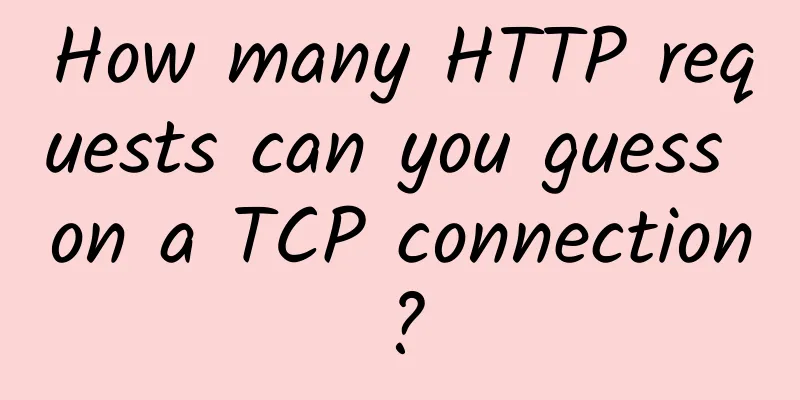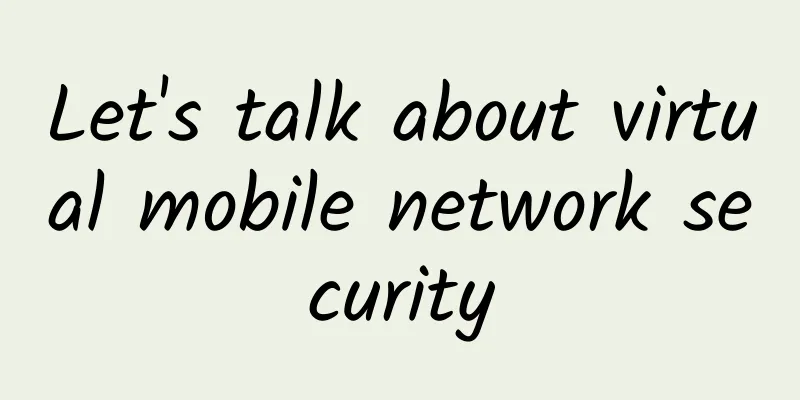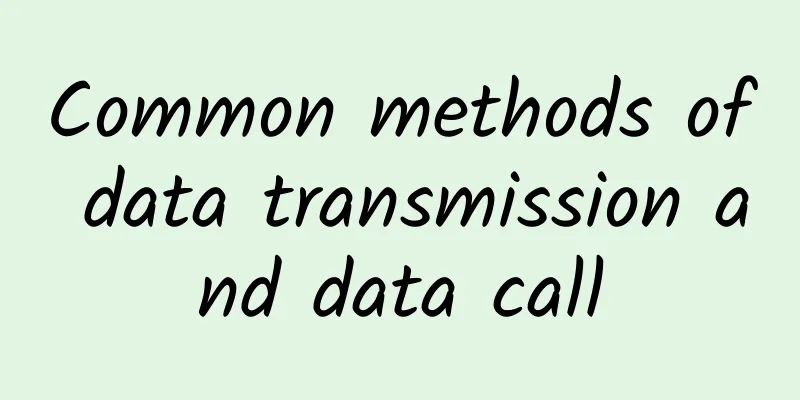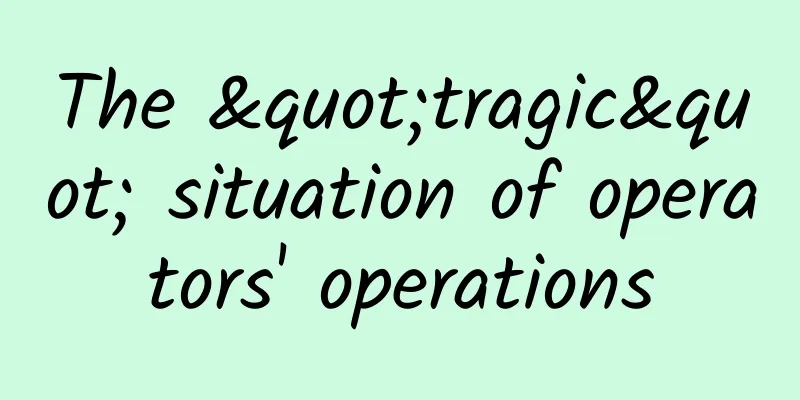How often does an Ethernet cable lose signal?
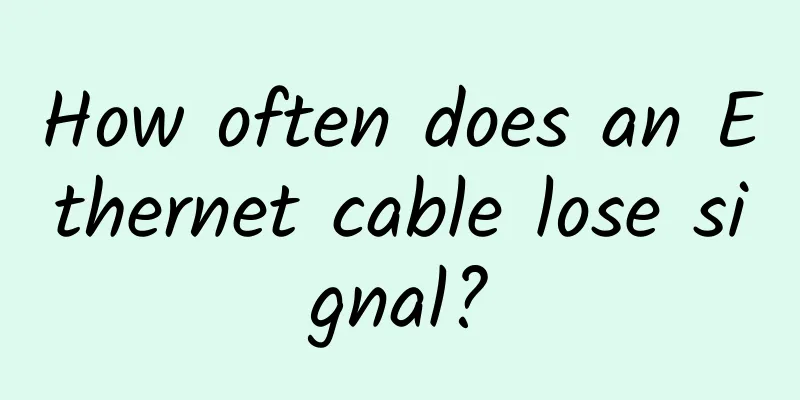
|
While many of us connect to Wi-Fi to browse the web, most Wi-Fi routers require a hardwired Ethernet connection to connect you to the internet. But how long does it take for an Ethernet cable to fail? How long can an Ethernet cable be?Ethernet cables can be any length, but at a certain point, the distance the signal is traveling becomes a bit too long. Even if the signal can travel a long distance, the time it takes to get from A to B becomes so long that the end user ends up experiencing a very slow connection. So, how long can an Ethernet cable last before losing signal? Generally speaking, standard Ethernet cables (i.e. the twisted pair Ethernet cables that most people are familiar with) can be up to 328 feet (100 meters) in length before speed is affected. This is for cables at room (or ambient) temperature, which is generally what most residential environments are. Enterprises, offices, and industries are likely to use longer Ethernet cables. That's because longer cables make it harder to transmit signals because of increased resistance. Resistance is a phenomenon in electronic circuits where the circuit material opposes the flow of electricity. In Ethernet cables, the copper wires act as electrical conductors. As the length of the wire increases, the resistance increases. As resistance increases, the speed of electrical signals begins to decrease. This is where connection strength, latency, and bandwidth can be affected. The further the signal travels, the lower the bandwidth and speed, and the longer the latency. However, this maximum can vary greatly depending on the type of Ethernet cable in question. So let's discuss the different maximum lengths for different Ethernet types. Ethernet cable lengthThere are three main types of Ethernet cables:
These cables differ in their material composition and wiring structure. Coaxial and twisted pair cables use copper wires, and fiber optic cables use very fine glass fibers. Fiber optic cables transmit data in the form of light, increasing connection speeds. There are many reasons why fiber optic cables are better than copper cables, and increased speed is just one of them. Because of this key difference, fiber optic cables have a different maximum length than coaxial and twisted pair cables. According to the Router Switch blog, fiber optic cables can stretch up to 2,000 meters (or 6,581 feet) in 10Mbps and 100Mbps internet. On the other hand, Cisco Press reports that coaxial cable has a maximum distance of 500 meters. Meanwhile, Cisco Press also states that twisted-pair cable can only reach a distance of 100 meters (328 feet). Does the generation of Ethernet cables affect signal strength?Answering this question is a little tricky. The answer is "yes, but there is a but". I mean, yes, the type of Ethernet cable produced does affect signal strength, but most average people are unlikely to run into a situation where calculating the resistance of a specific Ethernet cable becomes an issue. According to the official ANSI/TIA/EIA 568-B [PDF] guidelines, the maximum allowable cable length for twisted-pair Ethernet cable is 90 meters, with 5 meters on each end for wiring. So, in short, the longer your Ethernet cable is, the more likely you are to run into data transmission issues. These guides cover Cat5, Cat5e, Cat6, Cat6a, and more - literally every Ethernet cable you might use. It is worth noting that fiber optic cables do not fall into these categories. Instead, they are in a class of their own due to their glass fiber interior and can reach longer distances. Additionally, coaxial cables are not included in the Cat classification system. Keep Ethernet cable length in mindIf you want to buy a particularly long Ethernet cable, be sure to pay attention to the effect that the added length has on signal strength. If you want a long cable without sacrificing speed, consider fiber optic or twisted-pair coaxial cable. |
<<: Performance improvements of Http/2 compared to Http/1.1
Recommend
Justhost Hong Kong VPS upgraded to up to 10Gbps bandwidth, 20% off unlimited traffic, starting at $3.46 per month
I received a message from Justhost.ru, hoping to ...
Aruba Launches Instant On to Provide Secure, High-Speed Wireless Connectivity for Small and Medium Businesses
On August 20, 2019, Aruba, a subsidiary of Hewlet...
Operators and the Internet are facing a turning point: the number of mobile phone users in the country has decreased by 20,000 in one day
Although Internet company stocks have skyrocketed...
Discussion on operator network rectification cost management based on the whole process perspective
[[373761]] With the development of new generation...
TNAHosting: 12G memory 500GB hard disk OpenVZ monthly payment from $5, 4G memory KVM monthly payment of $5
Some businesses give people the impression that t...
The Experience Economy is in Full Swing: Aruba Drives the Intelligent Digital Workplace
Under the wave of mobility and digitalization, th...
Telefónica and Microsoft combine private 5G and edge computing for Industry 4.0
According to foreign media reports, Spanish Telef...
Managing a growing API portfolio
We have previously discussed the importance of AP...
Application scenarios are not limited to connection. H3C releases the intelligent portal system iPortal
[51CTO.com original article] On August 7, 2017, N...
[11.11]edgeNAT: 40% off on all VPS, US/Hong Kong/Korea VPS monthly payment starts from 36 yuan, top up 500 yuan and get 100 yuan free
Double Eleven coincides with the fourth anniversa...
Gartner: China's IT spending is expected to exceed US$550 million in 2022
According to Gartner's latest forecast, globa...
Codebeamer: Next-generation ALM product, driving digital innovation in the manufacturing industry
The Internet of Everything, cloud computing, and ...
How will AI and 5G drive the next wave of innovation?
Artificial intelligence (AI) continues to permeat...
Leading products and fast delivery: H3C helps Jomtel Mexico cope with digital challenges
Currently, in the digital trend sweeping the worl...
BandwagonHost: $37.3/year KVM-1GB/20GB/1TB/Fremont Data Center
In January this year, BandwagonHost released a pa...


